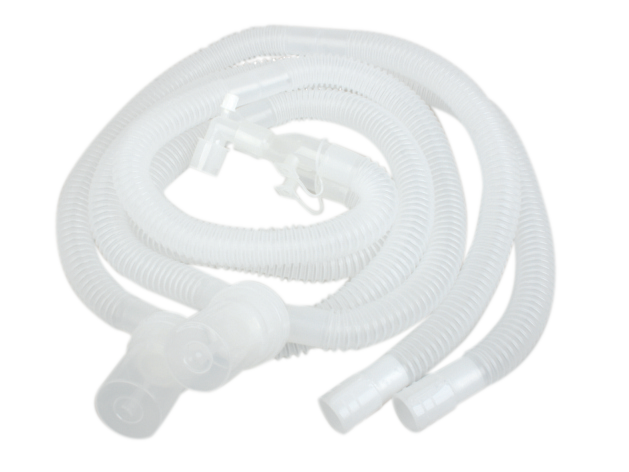
Breathing Circuit
With the increasing complexity of modern medical treatments, it is becoming increasingly important that doctors and nurses are equipped with the latest tech. In this article, we explore one such device: the breathing circuit, and how it could save lives in critical medical scenarios.
A breathing circuit is an apparatus that helps to circulate air in and out of the lungs. The two main types of breathing circuits are positive pressure and negative pressure. Positive pressure breathing circuits are typically used in medical settings, such as hospitals or nursing homes. In this type of circuit, air is pumped into the lungs through a tube that is inserted into the mouth or nose. The air then circulates through the lungs and is exhaled back out through the same tube. Negative pressure breathing circuits are often used in industrial settings, such as factories or construction sites. In this type of circuit, air is drawn into the lungs through a mask that covers the mouth and nose. The air then circulates through the lungs and is exhaled back out through the same mask. Breathing circuits can be used to provide oxygen to people who are unable to breathe on their own, such as those who are suffering from a respiratory illness or injury. They can also be used to protect workers from inhaling harmful fumes or dust particles.
There are two main types of breathing circuits: the closed system and the open system. The closed system is used when a patient is intubated, or has a tube inserted through their mouth into their lungs. This system allows the medical team to control the patient's breathing and monitor their oxygen levels. The open system is used when a patient is not intubated and is able to breathe on their own. This system provides oxygen to the patient through a mask or nasal cannula. Both systems have their benefits and drawbacks. The closed system is more invasive and can be uncomfortable for the patient, but it provides more control for the medical team. The open system is less invasive and more comfortable for the patient, but it doesn't provide as much control for the medical team. ultimately, the decision of which type of breathing circuit to use depends on the individual patient's needs.
There are many potential benefits to using a breathing circuit, including:
1. increased oxygenation of the blood
2. improved lung function
3. reduced work of breathing
4. prevention of air leakage around the lungs
However, there are also some potential drawbacks to using a breathing circuit, including:
1. increased risk of infection
2. potential for difficulty weaning off the ventilator
3. possible complications from long-term use
If you have ever had an asthma attack, you know how frightening it can be. Your chest feels tight, it's hard to breathe, and you feel like you're going to pass out. An asthma attack happens when the airways in your lungs become inflamed and narrowed, making it difficult to breathe. A breathing circuit is a device that helps you breathe during an asthma attack. It consists of a face mask or mouthpiece that is connected to a small container of medicine. The medicine helps to open up the airways in your lungs so that you can breathe more easily. A breathing circuit should be used only when absolutely necessary, such as during an asthma attack. If you use one too often, it can make your asthma worse. Talk to your doctor about whether or not a breathing circuit is right for you.
A breathing circuit could save your life in many different ways. It is important to know how to properly use a breathing circuit so that you can get the most benefit from it. When you are using a breathing circuit, it is important to keep the mask snug against your face. You also need to make sure that the tubing is not kinked or crimped in any way. If the tubing is kinked, it will not allow air to flow properly and could cause you to suffocate. It is also important to keep the valve open at all times. The valve controls the flow of air into and out of the mask. If the valve is closed, you will not be able to breathe. Once you have the mask on and the valve open, take slow, deep breaths through your nose. The goal is to fill your lungs with as much air as possible so that they can oxygenate your blood. If you start to feel lightheaded or dizzy, stop using the breathing circuit and get medical help immediately. These could be signs that you are not getting enough oxygen and could pass out or even die if you do not get help right away.